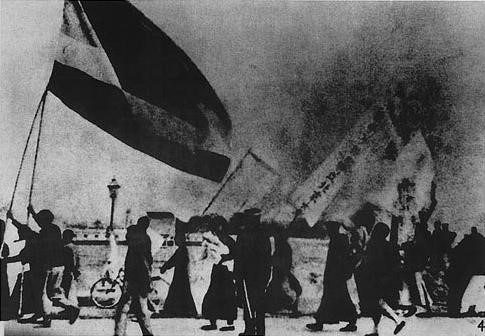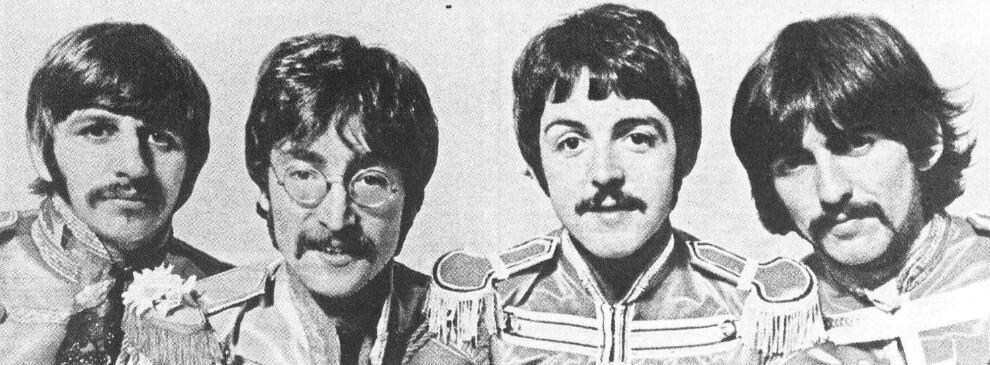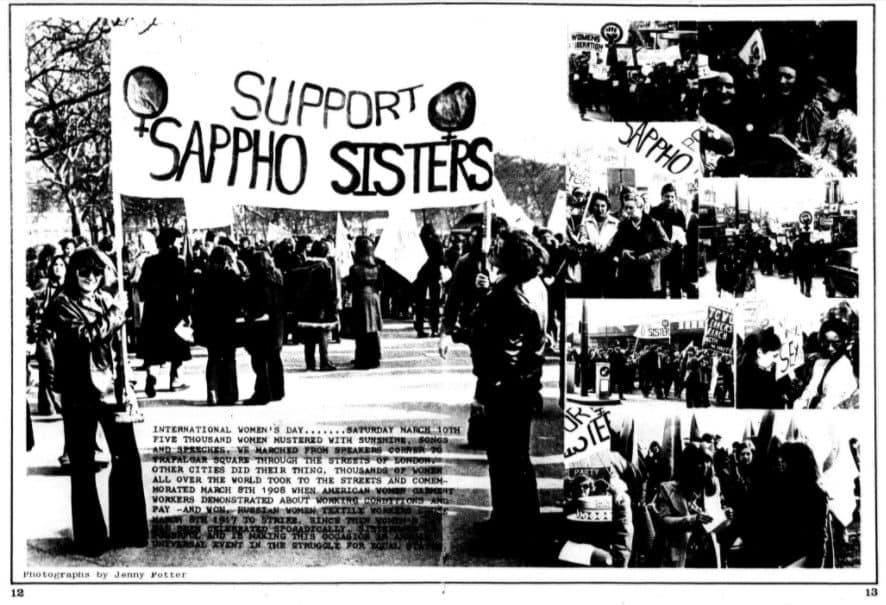│ By Rebekka Väisänen, Gale Ambassador at the University of Helsinki │
The English Philology corridor at the University of Helsinki has an area which we call the Aquarium, a glass-walled space that is often used for smaller faculty events, informal gatherings, and course “end offs” (the last meeting at the end of a course). On the 17th of April, I arrived there to see the poster presentations for the “Archives to Arguments” course, a module in which students use the Gale British Library Newspapers and other archives to do linguistic research into democratization.










